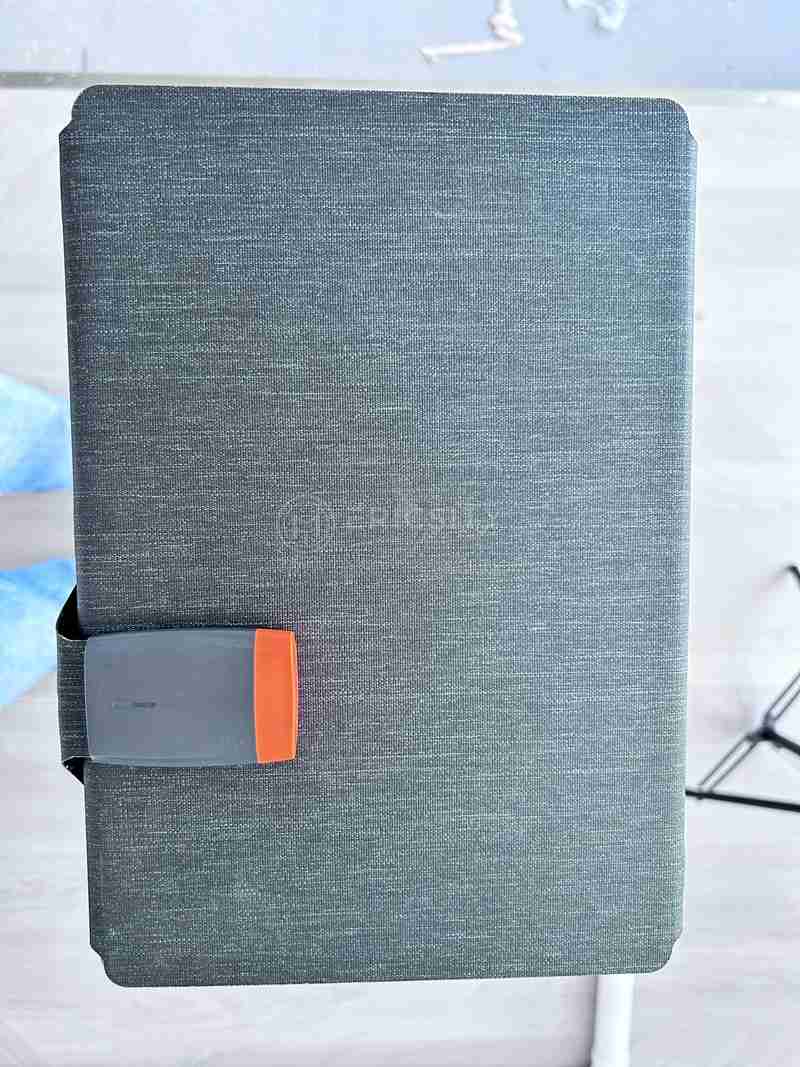HOT PRODUCT
Product Details
the Art Of Designing With Semi-flexible Solar Panels
The Art of Designing with Semi-Flexible Solar Panels
Solar energy has gained tremendous popularity in recent years as a clean and renewable source of power. As technological advancements continue to emerge, solar panels have become smaller, lighter, and more versatile. One such type of solar panel that has started to gain attention is semi-flexible solar panels. These panels offer an array of design opportunities for incorporating solar energy into various applications. In this article, we will explore the art of designing with semi-flexible solar panels and unveil their unique features and advantages.
Unlike their rigid counterparts, semi-flexible solar panels are made from thin-film photovoltaic materials, such as amorphous silicon or CIGS (copper indium gallium selenide). This allows them to be lightweight and flexible, making them easier to integrate into different surfaces and structures. Semi-flexible solar panels have a power conversion efficiency that varies between 7-19%, depending on the specific materials used and the amount of sunlight absorbed. Although their efficiency may be lower compared to traditional solar panels, their versatility and adaptability offer unparalleled design possibilities.
One of the key advantages of semi-flexible solar panels is their ability to conform to curved surfaces. Unlike rigid panels that require a flat and solid foundation, semi-flexible panels can be installed on slightly curved or irregular surfaces, such as roofs, vehicles, boats, and even clothing. This unique characteristic allows designers to integrate solar panels seamlessly into various products and environments.


When it comes to architectural design, semi-flexible solar panels open up a world of possibilities. They can be incorporated into building facades, offering an aesthetically pleasing and energy-efficient solution. By utilizing semi-flexible panels, architects can transform the exterior of buildings into functional solar power generators without compromising the overall design. This integration of renewable energy directly into the design of buildings not only reduces energy consumption but also promotes sustainable living.
Another fascinating aspect of these solar panels is their portability. Compared to traditional solar panels, semi-flexible panels are lightweight and easily transportable. This makes them ideal for applications that require mobility, such as camping, hiking, or powering remote devices. Designers can create portable solar chargers, backpacks, or even solar-powered tents that harness solar energy on the go. The combination of practicality and sustainability allows outdoor enthusiasts to rely on solar power wherever their adventures take them.
In the world of transportation, semi-flexible solar panels have proven to be game-changers. Electric vehicles, in particular, can benefit greatly from their integration. By placing these panels on the roof or body of an electric vehicle, designers can increase the overall range by harnessing sunlight and converting it into usable energy. Furthermore, the sleek and flexible nature of these solar panels can enhance the aesthetics of electric cars, making them more attractive to potential consumers.

When incorporating semi-flexible solar panels into product design, it is important to consider their resistance to environmental factors. Most panels are designed to be weatherproof and durable, ensuring they can withstand various elements, such as rain, heat, and wind. However, it is crucial to select panels that are certified and specifically engineered for the intended application to ensure long-term reliability and efficiency.

The art of designing with semi-flexible solar panels lies in the integration of renewable energy into everyday objects, structures, and environments, while maintaining functionality and aesthetics. By combining eco-consciousness with design innovation, designers can create products that not only serve their intended purpose but also contribute to a greener future.
As technological advancements continue to evolve, semi-flexible solar panels will become even more efficient and versatile. Embracing the art of designing with these panels allows us to tap into the power of the sun and revolutionize the way we think about energy consumption and sustainability in our modern world.




